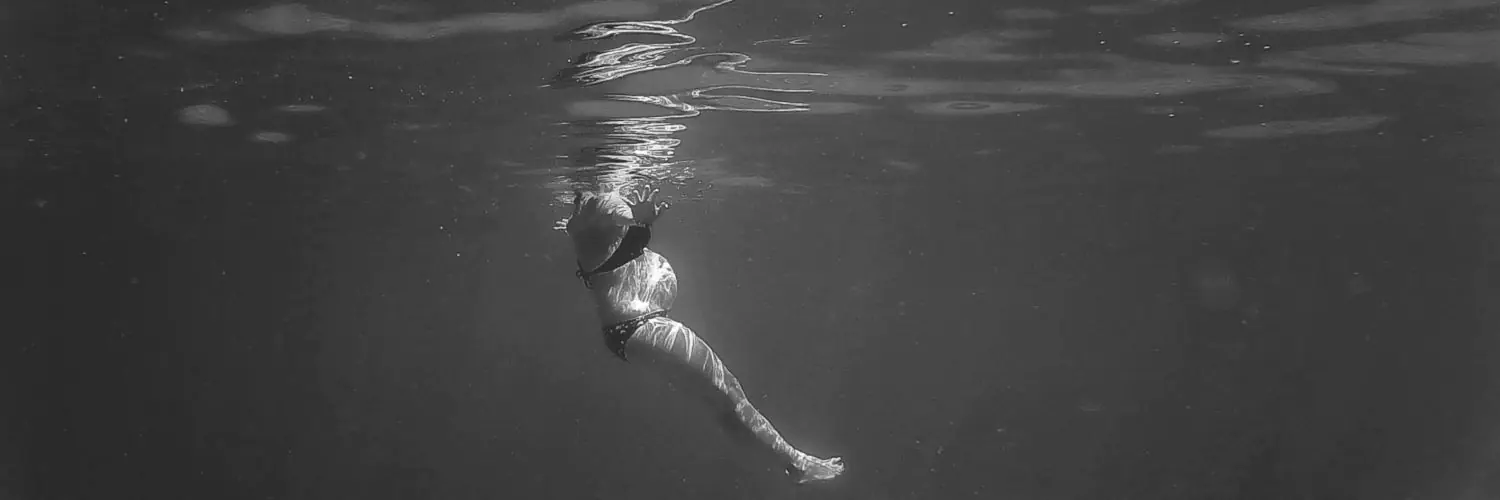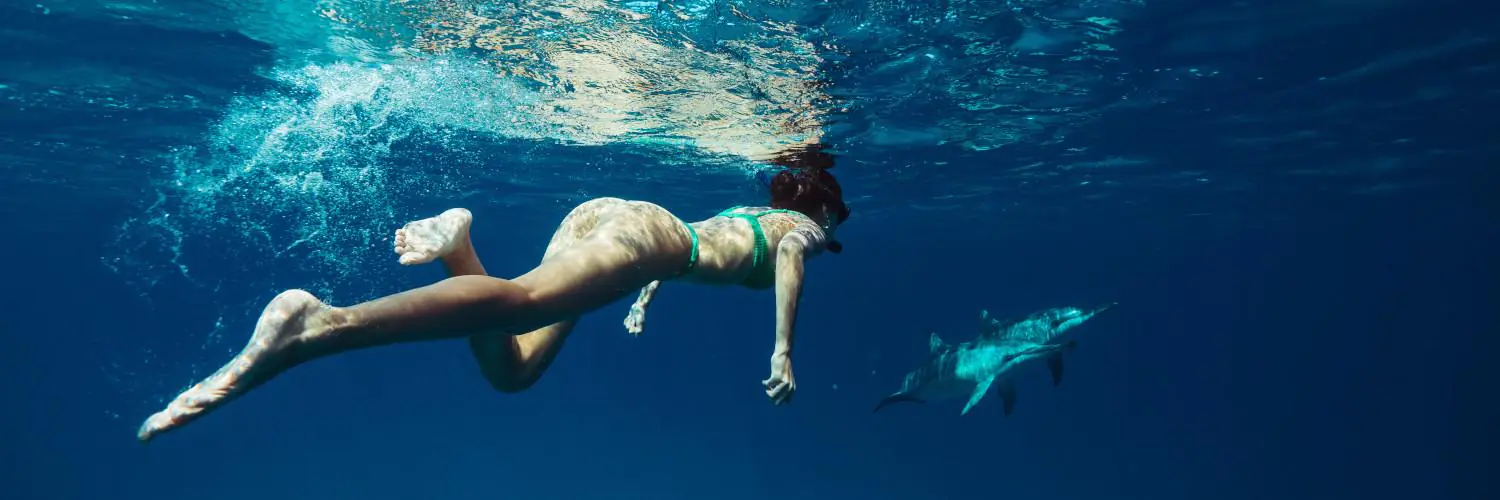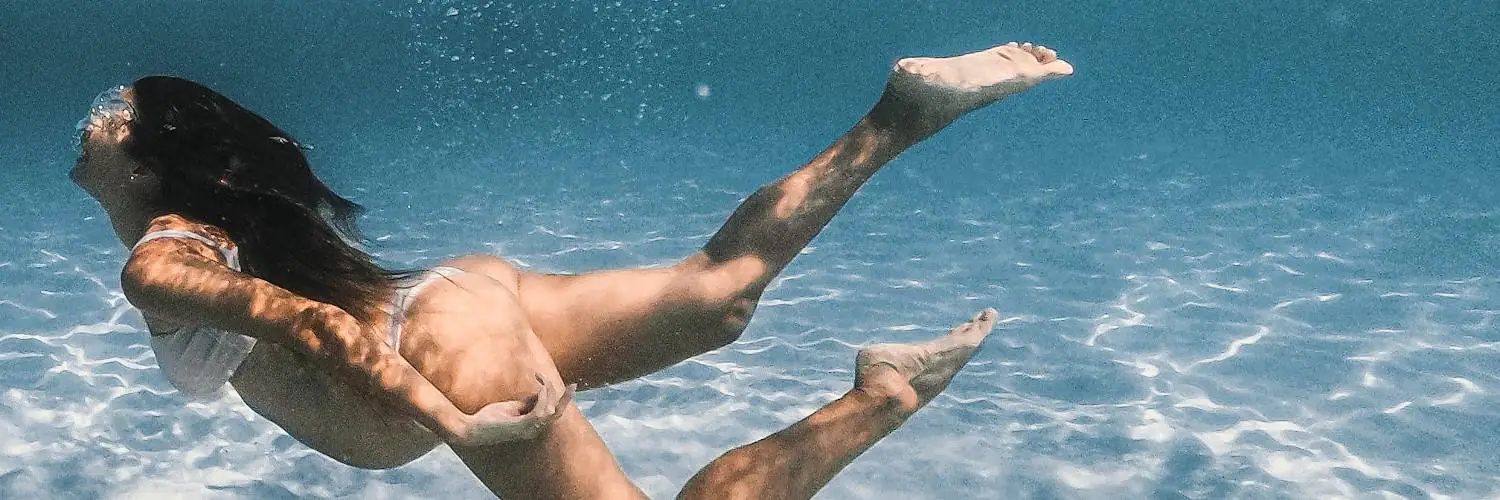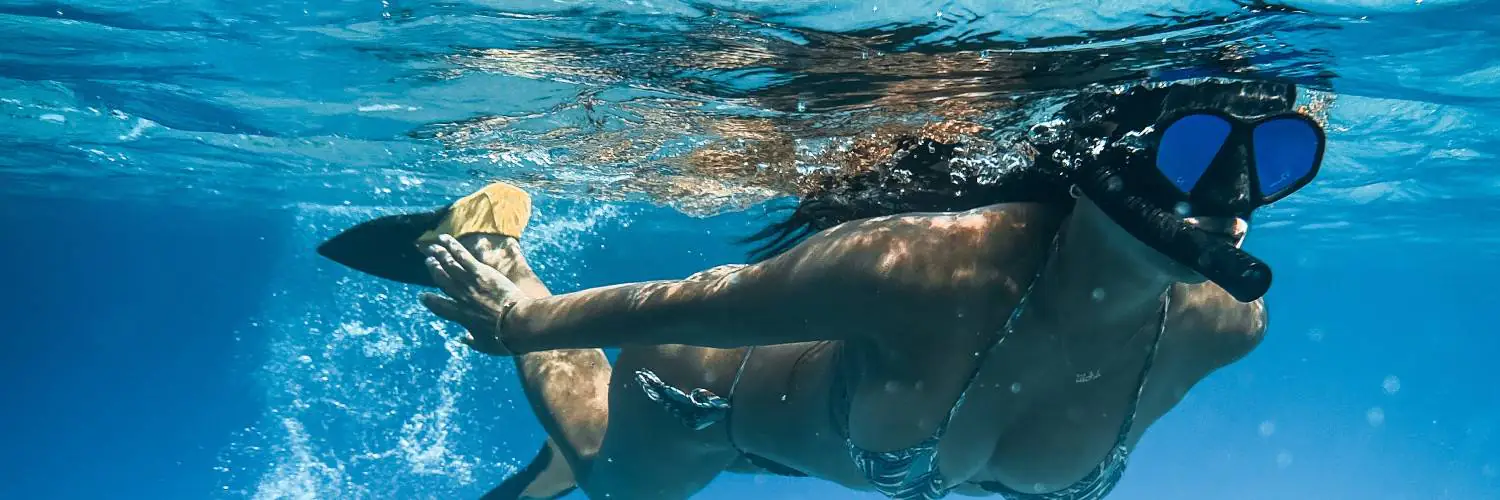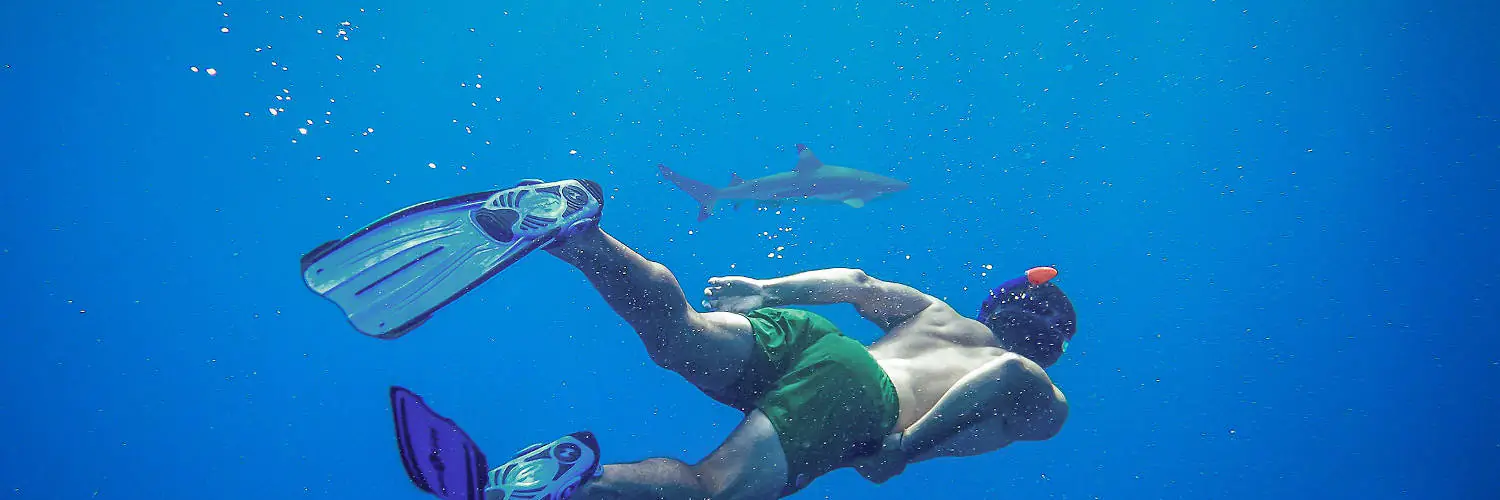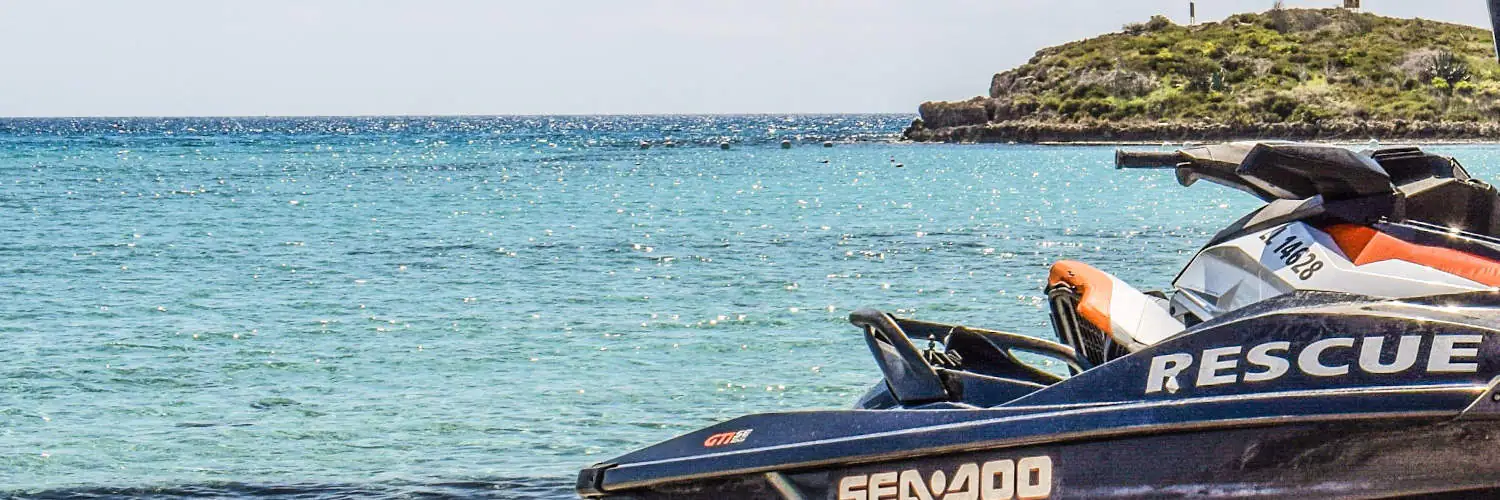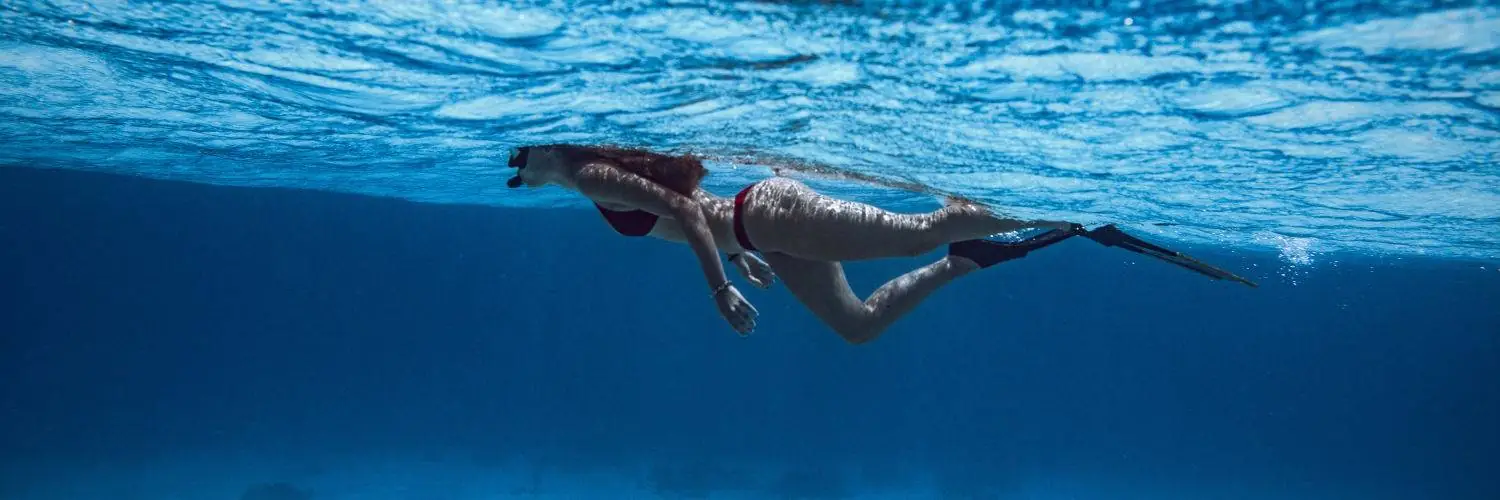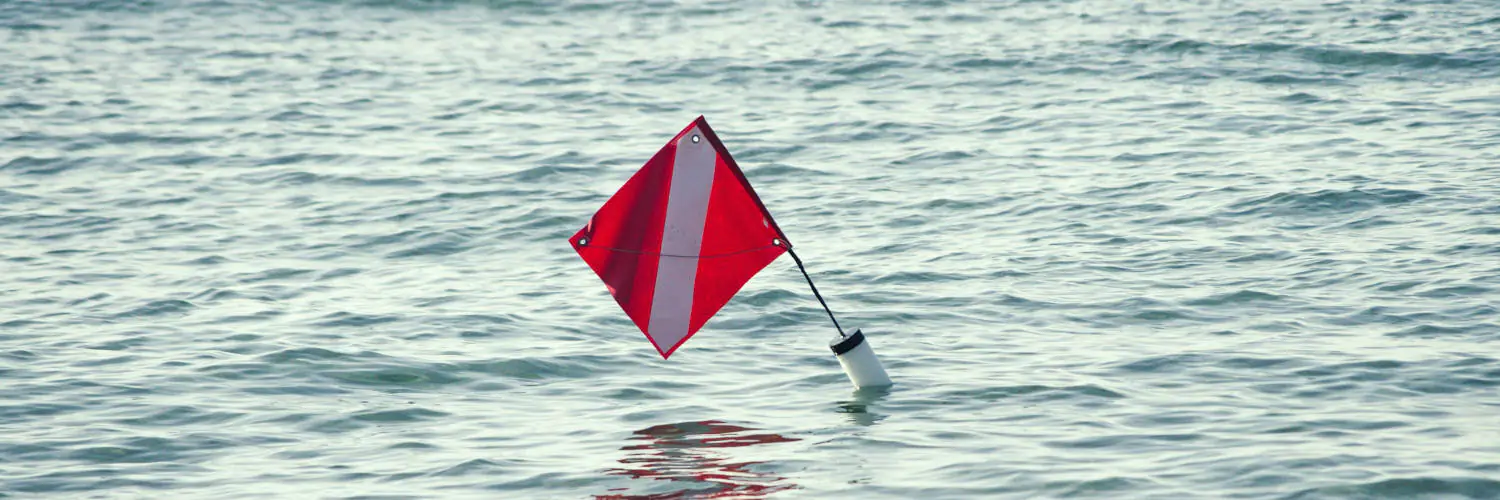While floating on the surface of the water to explore the underwater world, snorkeling is a popular water activity. Without the need for heavy scuba equipment, all you need is a mask, snorkel, and fins. But now, there is such a thing as a snorkeling helmet, it could make snorkeling even better.
A snorkeling helmet is a type of headgear designed to integrate the mask and snorkel into one convenient piece. The design is streamlined and makes it easier to see and more comfortable breathing improving snorkeling. A panoramic view is offered by full-face masks and other features, such as anti-fogging technology.
While snorkeling helmets are not as widespread as traditional gear, they are gaining attention among both beginners and experienced snorkelers for their innovative approach to water sports equipment. To decide if a snorkeling helmet is right for you, look at their good and bad points.
Table of Contents
Design and Material
Snorkel Helmet Construction
Designed to fit comfortably and securely, snorkeling helmets, or full-face snorkel masks, also give a full view of the underwater world. They generally consist of two main parts: the mask and the dry top snorkel. Based on their intended usage, a different materials, such as plastic, rubber, and neoprene are used to make the mask. For instance, helmets meant for cold water are usually constructed with neoprene, while those designed for warm water are typically made from rubber or plastic.
Designed to prevent water from entering the snorkel tube, a crucial component of the snorkeling helmet is the dry top snorkel. It typically features a float valve that closes when submerged, allowing the user to breathe comfortably without having to clear the snorkel tube of water.
Comfort and Fit
A well-designed snorkeling helmet should prioritize both comfort and fit to ensure that the user can enjoy their underwater experience without any discomfort or issues. Mask fit is of utmost importance, and it can be tested in a few easy steps:
- Place the mask on your face without putting the strap around your head.
- Inhale lightly through your nose while keeping the mask in place.
- Release the mask while inhaling; if the mask stays in place without the strap, it indicates a good fit.
Enabling the diver to breathe with minimal effort, a wide breathing area is provided by full-face snorkel masks. Enhancing vision, overall comfort,and preventing leaks or fogging are benefits of the snug fit around the user’s face.
A dry top snorkel, secure and comfortable fit, and made of the right materials for the water temperature are the requirements for a quality snorkeling helmet and user experience.
Advanced Features
Vision Optimization
Modern snorkeling helmets are designed to offer the best field of vision possible for snorkelers. They usually come with a wide-angle lens that improves peripheral vision, allowing the user to take in more of the underwater world. Another feature that aids in vision optimization is the use of anti-fog treatment on the lens. This helps prevent fogging up of the mask, ensuring clear vision throughout the snorkeling experience.
Leak Prevention and Purging
One of the common concerns for snorkelers is water leaking into the mask or snorkel. To address this issue, snorkeling helmets come equipped with advanced features like leak prevention and purging mechanisms.
Leak Prevention: Snorkeling helmets usually have a silicone skirt that creates a tight seal around the face, preventing water from entering the mask. This seal adapts well to different face shapes, ensuring a comfortable fit and an effective seal against leaks.
Purge Valve: To further prevent water infiltration, some snorkeling helmets also include a purge valve at the bottom of the mask. This one-way valve allows water that has entered the mask to be quickly expelled by exhaling through the nose, without removing the mask.
Additionally, a splash guard is often attached to the top of the snorkel. This feature helps prevent water from entering the snorkel tube during surface swimming, reducing the risk of swallowing water while breathing.
These advanced features, together with proper fit and usage, ensure a safe and comfortable snorkeling experience, allowing the user to focus on exploring and enjoying the underwater world.
Types of Snorkeling Helmets
When delving into the world of snorkeling, it is essential to have the right gear for an enjoyable underwater adventure. One crucial piece of equipment to consider is the snorkeling helmet. Snorkeling helmets come in various designs and with different features, tailored to suit the individual needs of the user.
Fins and Accessories
Fins play a vital role in the overall snorkeling experience. They propel you through the water, allowing you to swim efficiently while conserving energy. Snorkeling fins come in different stiffness levels, which affect their performance. Soft fins offer more flexibility, making them ideal for beginners and casual snorkelers. On the other hand, stiffer fins provide more power, making them suitable for advanced snorkelers and divers.
A well-thought-out snorkeling gear list must include a dry snorkel. This type of snorkel features a special valve that prevents water from entering the breathing tube. In case of accidental submersion or surface splashes, the dry snorkel ensures you can continue to breathe comfortably without taking in water. Choosing a quality snorkel with a flexible tube can make your snorkeling adventures more enjoyable.
When selecting snorkeling gear, it is essential to consider comfort and compatibility. For instance, having a snorkel with a rotating mouthpiece can greatly enhance your experience as it is tailored for maximum comfort. Similarly, the overall fit and feel of your snorkeling equipment, including your helmet, fins, and snorkel, should be assessed to ensure the best possible performance during your underwater excursions.
Incorporating fins, a dry snorkel, and a comfortable, well-fitted snorkeling helmet into your gear setup will set the stage for a wonderful snorkeling adventure. Remember to choose products that cater to your specific needs and experience level to ensure an enjoyable and safe time exploring the underwater world.
Freediving Vs Scuba Diving
Freediving and scuba diving are two popular underwater activities that allow enthusiasts to explore the underwater world. While both activities involve diving beneath the surface, there are significant differences between them.
Freediving is an underwater sport that involves diving as deep as possible while holding one’s breath. It requires minimal equipment, usually just a mask and a pair of fins. Some freedivers may also choose to use a dry snorkel to aid in breathing at the surface before a dive. The appeal of freediving lies in its simplicity and the personal challenge of pushing one’s limits.
Scuba diving, on the other hand, involves using a self-contained underwater breathing apparatus (SCUBA) to breathe underwater. This allows divers to stay submerged for extended periods and explore the depths without worrying about running out of air. Essential scuba diving gear includes a mask, regulator, buoyancy control device (BCD), and a tank filled with breathable air.
| Freediving | Scuba Diving | |
|---|---|---|
| Equipment | Mask, Fins, (Dry Snorkel) | Mask, Fins, Regulator, BCD, Tank |
| Breath-hold | Yes | No |
| Depth | Limited by breath-hold | Limited by air supply, training |
| Time | Short dives | Extended dives |
Both freediving and scuba diving offer unique experiences and appeal to different types of divers. Freediving is more physically demanding and requires excellent breath-holding capabilities. In contrast, scuba diving allows for a more relaxed exploration of the underwater environment. However, scuba divers must also be aware of the risks associated with increased pressure at depth, such as decompression sickness.
While freediving and scuba diving have their differences, they also share some similarities. Both activities require proper training and knowledge of safety protocols to minimize risks. Furthermore, the mask is an essential piece of equipment for both types of diving, as it provides an air space that allows divers to see clearly underwater.
In conclusion, freediving and scuba diving are two distinct underwater activities that differ in terms of equipment, techniques, and experiences. Both are enjoyable and rewarding for those who invest in the proper training and preparation.

